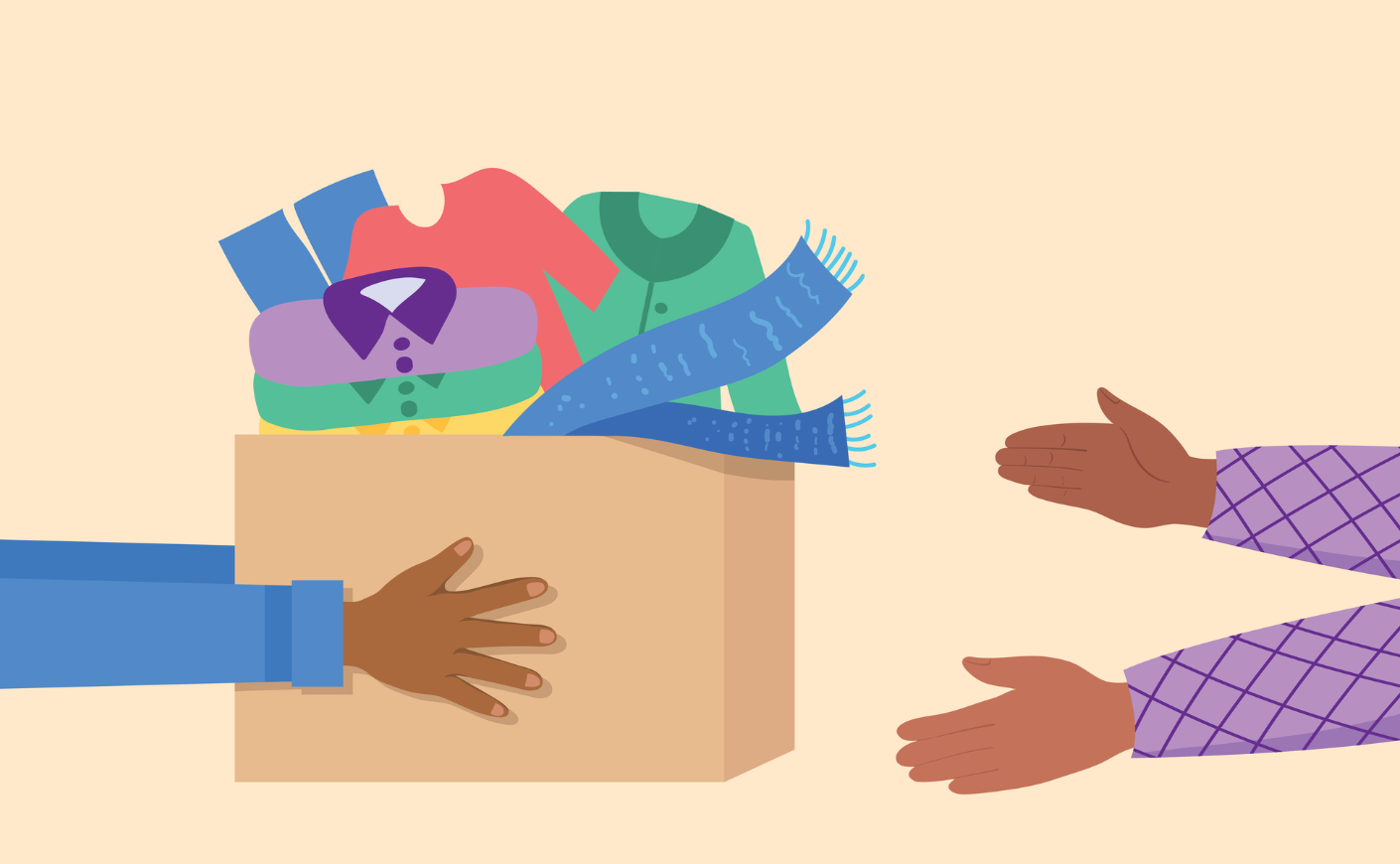What started as a simple, one-month challenge to stop buying anything new turned into a two-year lifestyle shift for sustainability expert Ashlee Piper — and it changed her life in ways she never expected.
By stepping away from shopping, Piper didn’t just save money — she wiped out her debt, deepened her relationships, and even landed a promotion at work. The secret? All that time and mental energy once spent shopping now went toward things that truly mattered.
“I suddenly had time to focus because I wasn’t browsing and looking for things to buy,” she told Katie Couric Media. “I just found the benefits far outweighed any kind of momentary inconveniences.”
That journey has become the basis of her new book, No New Things, which guides readers through the same revolutionarily simple challenge over the span of just 30 days.Whether you’re a self-proclaimed shopaholic or just trying to be more mindful about what you bring home, Piper offers smart, surprisingly freeing ways to buy less — and get so much more in return.
When you do need something, where should you turn?
Piper first took on the challenge in 2013. What started as a one-month experiment turned into a two-year lifestyle shift that lasted through 2015. Over the next decade, she refined her approach and eventually turned it into No New Things. These days, she doesn’t strictly follow her original rules — instead, she does occasional one- or two-month resets to stay grounded in the practice. Even outside of those challenges, she sources most of what she needs secondhand unless she’s in a pinch while traveling or wants to support a local merchant.
She acknowledges that she began this undertaking long before secondhand shopping exploded online. At the time, platforms like Facebook Marketplace were either nonexistent or just getting started. “It was a lot harder to find what you needed back then,” she says. “You really had to get creative.”
Today, she’s quick to recommend those very platforms as helpful tools for anyone trying to embrace a low-buy or no-buy lifestyle. She’s also a big fan of “buy nothing” groups, which allow neighbors to give and receive items for free — no money, no guilt, just community. “It’s amazing what people are willing to share when you just ask,” she adds.
One unexpected but powerful benefit? These groups don’t just support personal growth — they help people find each other. At a time when loneliness is reaching crisis levels, they’re creating space for real connection. Piper points to what former U.S. Surgeon General Vivek Murthy has called a “loneliness epidemic.” In his 2023 report, he warned that the health effects of chronic loneliness can be as harmful as smoking 15 cigarettes a day.
“All of those [instances of swapping goods for free] are touch points for us to have connection,” Piper says. “And we’re all craving meaningful relationships nowadays.”
What can you effectively buy used?
In short, just about everything.
“I don’t even really enjoy going to a store and buying new stuff these days,” Piper says.
She’s an avid thrifter, especially when it comes to clothing — a habit she says has shed much of its former stigma in recent years. And she’s not just thrifting basics like jeans and jackets — she even hunts down bras and underwear on Poshmark or eBay. (Her favorite brand was discontinued, so secondhand shopping has been a win.)
“They’re usually gently worn or new with tags,” she says. “Same with undies — a lot of people buy them, realize they don’t work, miss the return window, or just forget they bought them.”
She also scores secondhand personal care items, like cosmetics, shampoo, and perfume. While that might raise some eyebrows, Piper says many of the items sold online are completely unused. “You can find new items with tags on secondhand marketplaces all the time,” she explains.
Even her home is full of preloved treasures, from furniture and decor to everyday essentials like her coffee maker and toaster. If it’s useful, beautiful, or both, chances are she found it secondhand.
Eat like the planet depends on it (because it kind of does)
Piper’s not just thinking about what we put on our bodies — she’s thinking about what we put in them, too. Her less-is-more mindset extends to the kitchen, where she’s all about finding ways to eat with intention. That means dialing down on meat, especially red meat, which scientists say is one of the simplest and most powerful ways to shrink your carbon footprint.
The numbers back it up: Livestock production is responsible for at least 14.5% of global greenhouse gas emissions and is the largest source of methane — a super-potent gas that’s heating up the planet fast. (That’s one reason lab-grown meat has become an increasingly popular alternative, though even that process is hit or miss when it comes to sustainability.)
Going climate-friendly doesn’t mean giving up burgers forever — it’s more about being mindful and cutting back. “We live in a country where industrial factory farming makes up nearly 98% of our food supply,” Piper says. “So if you’re eating meat, chances are it’s not from a sustainable source.”
Americans are also eating way more meat than they need to — about 225 pounds per person per year, according to the USDA. That’s 40% more than what’s recommended for a healthy diet.
Piper’s move? Start small. She’s a big fan of Meatless Mondays — one day a week without meat, for the sake of your health and the planet. Because sometimes the most powerful change starts with what’s on your plate.
“I’m always inspired by anyone who asks, ‘What can I do to help?’” she says. “Now more than ever, that’s where the real power lies.”









